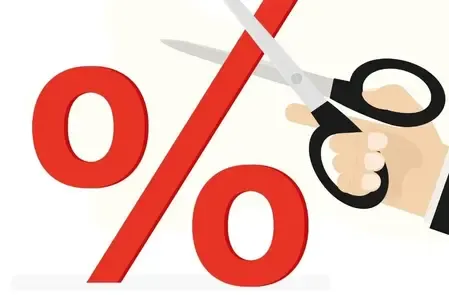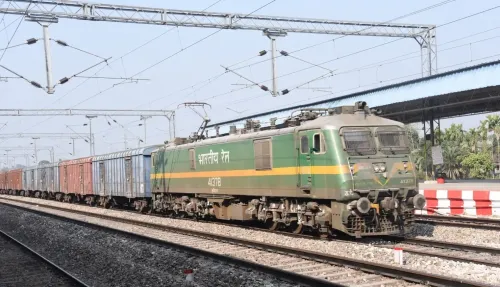Have Bank Lending Rates Decreased This July Due to RBI Rate Cuts?

Synopsis
Key Takeaways
- Bank lending rates have decreased, fostering better financial conditions.
- The MCLR and auto loan rates saw notable reductions.
- The WALR is currently at its lowest since October 2022.
- Systemic liquidity has remained in surplus, positively impacting the economy.
- Crude oil prices are stable, supporting economic growth.
Mumbai, Aug 13 (NationPress) - The reduction in lending rates within the Indian economy has continued into July, a direct consequence of the transmission of the RBI's repo rate cuts to other rates, such as bank lending rates and deposit rates. This development has fostered an enhancement in financial conditions throughout the month, as detailed in a report released on Wednesday.
Significant bank lending rates, including the one-year marginal cost of funds-based lending rate (MCLR) and auto loan rates, have each decreased by 15 bps to 8.75 percent and by 7 bps to 9.19 percent, respectively. Concurrently, deposit rates have also decreased by 3 bps to 6.37 percent, thereby reducing the cost for banks when raising funds, according to the Crisil Research report.
The weighted average lending rate (WALR) on new rupee loans has seen a notable reduction as well. The most recent data indicates that the WALR fell by 58 bps month-on-month to 8.62 percent in June, marking the lowest level since October 2022.
July also experienced a slight increase in systemic liquidity, driven by heightened government expenditure and a decrease in currency circulation, which further lowered money market rates.
The RBI’s Monetary Policy Committee (MPC) implemented a policy rate cut of 100 basis points (bps) from February to June. As a result of decreasing lending rates, there has been an uptick in bank credit growth, although it remains below the levels seen in the January-March quarter.
Over the past two months, bank credit growth has shown improvement. Sector-specific data available until June reveals that credit growth has accelerated in the personal loans, services, and industrial sectors.
Despite these positive trends, concerns regarding US tariffs impacted market performance ahead of the August 1 deadline, resulting in equity markets closing July lower than June. Foreign portfolio investors (FPIs) were net sellers in the equity markets.
The yield on the 10-year government securities (G-sec) increased towards the end of the month, influenced by minor FPIs outflows in the latter half of the month. The yield rose in both June and July, despite the rate cuts, causing a notable increase in the term premium.
For the fourth consecutive month, systemic liquidity remained in surplus, with a slight widening in July compared to June. The RBI net absorbed Rs 3 lakh crore in July, which is a bit higher than the Rs 2.7 lakh crore in June. This increased surplus was bolstered by a rise in government spending and a decrease in currency circulation, as stated in the report.
Another optimistic note for the economy is that crude oil prices have remained relatively stable at approximately $71 per barrel, slightly down from $71.5, amid the Organisation of the Petroleum Exporting Countries and its allies increasing oil production, as per the report.









